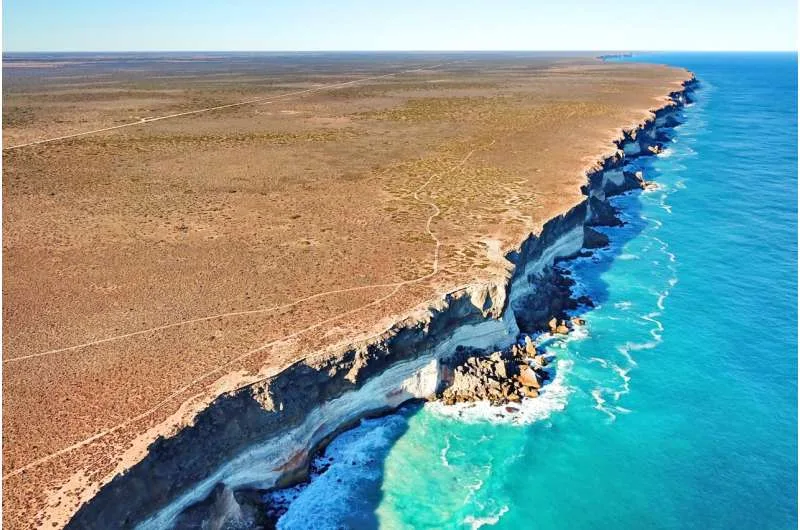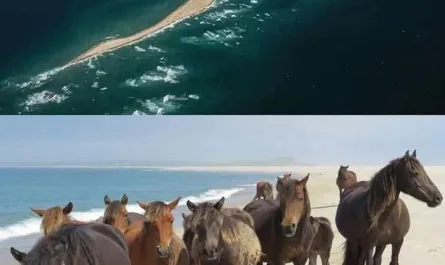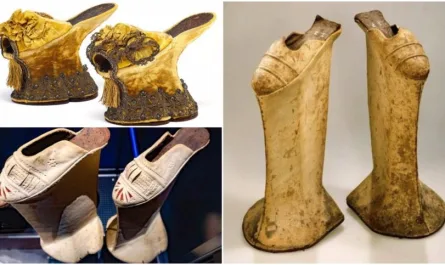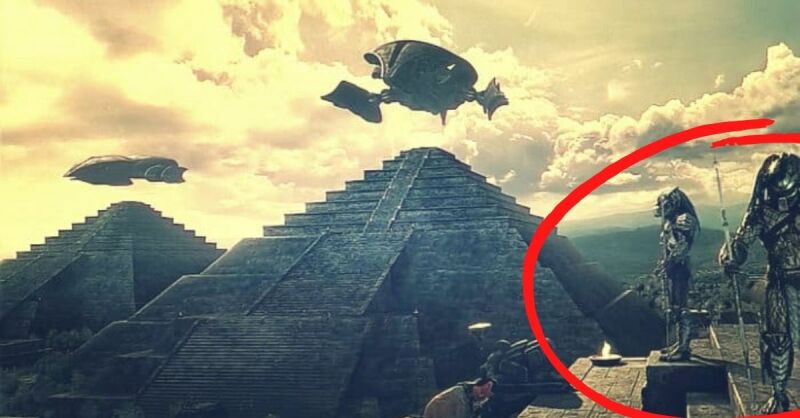Imagine standing at the edge of a continent, where the land drops sharply into the churning Southern Ocean, creating a breathtaking vista that feels like the very end of the world. This is the reality of the Nullarbor Cliffs, a geological marvel along Australia’s southern coast that stretches for 200 kilometers and captivates adventurers, geologists, and dreamers alike. Often referred to as the “End of the World” for their dramatic escarpment, these cliffs are more than just a stunning view—they’re a window into Earth’s ancient past, a cultural touchstone, and a testament to nature’s raw beauty. Let’s dive into the story of the Nullarbor Cliffs, exploring their geology, history, ecology, and why they’re a must-see destination.

A Geological Masterpiece 65 Million Years in the Making
The Nullarbor Cliffs, part of the Great Australian Bight in South Australia and Western Australia, rise 60 to 120 meters above the Southern Ocean, forming a near-continuous limestone wall that spans roughly 200 kilometers. This striking feature is the edge of the Nullarbor Plain, one of the world’s largest arid limestone karst systems, covering about 200,000 square kilometers. The cliffs’ composition—layers of limestone and sand embedded with marine fossils—tells a story that began 65 million years ago.
Back then, Australia was part of the supercontinent Gondwana, nestled against Antarctica. As tectonic forces pulled the two landmasses apart, the ocean floor in this region uplifted, exposing marine sediments that had accumulated over millions of years in a shallow seabed. These sediments, rich with fossils of ancient mollusks, foraminifera, and other sea creatures, solidified into the limestone that now forms the cliffs and the vast Nullarbor Plain. Over time, relentless wave action and weathering sculpted the cliffs into their current form, creating a sheer drop that feels like the continent’s abrupt finale.
The fossils within the limestone are a paleontologist’s dream, offering clues about ancient marine ecosystems from the Eocene and Miocene epochs (56 to 5 million years ago). Walking along the cliffs, you’re not just at the edge of Australia—you’re standing on a snapshot of a prehistoric ocean.
The Nullarbor Plain: A Land of No Trees
The name “Nullarbor” comes from Latin, meaning “no trees” (nullus arbor), a fitting description for the vast, treeless expanse that stretches inland from the cliffs. This flat, arid plain is a karst landscape, characterized by soluble limestone that has eroded over millennia to form extensive cave systems beneath the surface. These caves, some of which are accessible to researchers and adventurers, are home to unique subterranean ecosystems, including blind cave insects and crustaceans adapted to perpetual darkness.
Above ground, the plain’s sparse vegetation—mostly low shrubs, saltbush, and hardy grasses—supports a surprising array of wildlife. While the Nullarbor dwarf bettong, a small marsupial, may now be extinct, other species like reptiles and birds thrive in this harsh





